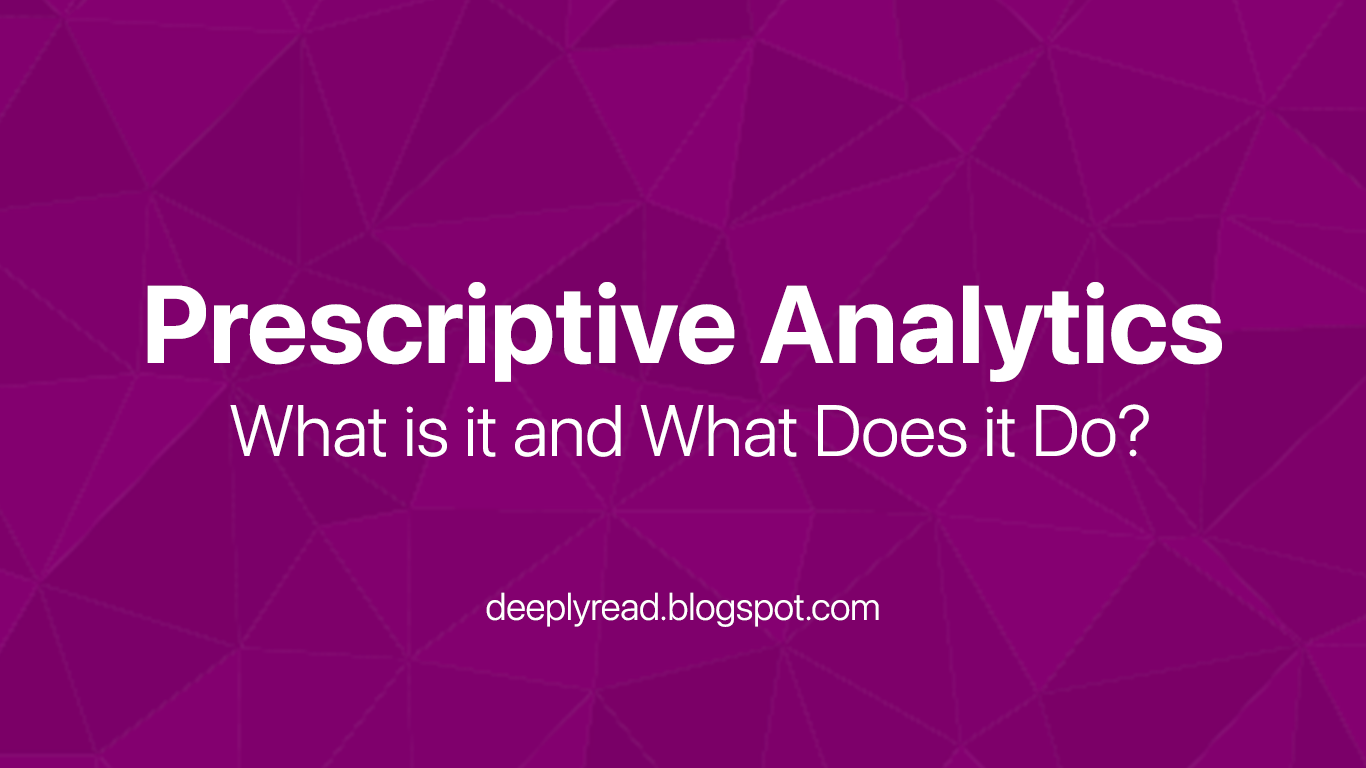In the field of data analytics, there are many different types of approaches and techniques that can be used to analyze data and make decisions. One such approach is prescriptive analytics.
So what exactly is prescriptive analytics, and what does it do? The following statement best describes prescriptive analytics:

Prescriptive Analytics is a Type of Analytics that Provides Recommendations and Suggests Actions
Prescriptive analytics is a type of analytics that goes beyond simply providing insights and predictions. It not only helps identify what is likely to happen in the future, but also provides specific recommendations and suggests specific actions that can be taken to achieve a desired outcome.
This type of analytics leverages advanced mathematical algorithms and optimization techniques to analyze large amounts of data and make decisions. The goal of prescriptive analytics is to help organizations make better, more informed decisions that are based on data and optimized for their specific goals and objectives.
Applications of Prescriptive Analytics
Prescriptive analytics can be applied to a wide range of business problems and scenarios, including supply chain optimization, resource allocation, risk management, and more. For example, prescriptive analytics can be used to determine the most efficient distribution network for a manufacturer, or to identify the best risk mitigation strategies for a financial institution.
In each case, prescriptive analytics takes into account a wide range of factors and constraints to arrive at a specific recommendation or action. This can include things like available resources, regulatory requirements, and other considerations that may impact the decision-making process.
Advantages of Prescriptive Analytics
The use of prescriptive analytics can offer several advantages over other types of analytics, including:
- Improved decision-making: By providing specific recommendations and actions, prescriptive analytics can help organizations make better, more informed decisions.
- Greater efficiency: By optimizing decisions for specific goals and constraints, prescriptive analytics can help organizations operate more efficiently and effectively.
- Reduced risk: By considering a wide range of factors and constraints, prescriptive analytics can help organizations minimize risk and make decisions that are better aligned with their goals and objectives.
In conclusion, prescriptive analytics is a type of analytics that provides specific recommendations and suggests specific actions. This type of analytics can be applied to a wide range of business problems and scenarios and can offer several advantages over other types of analytics, including improved decision-making, greater efficiency, and reduced risk.